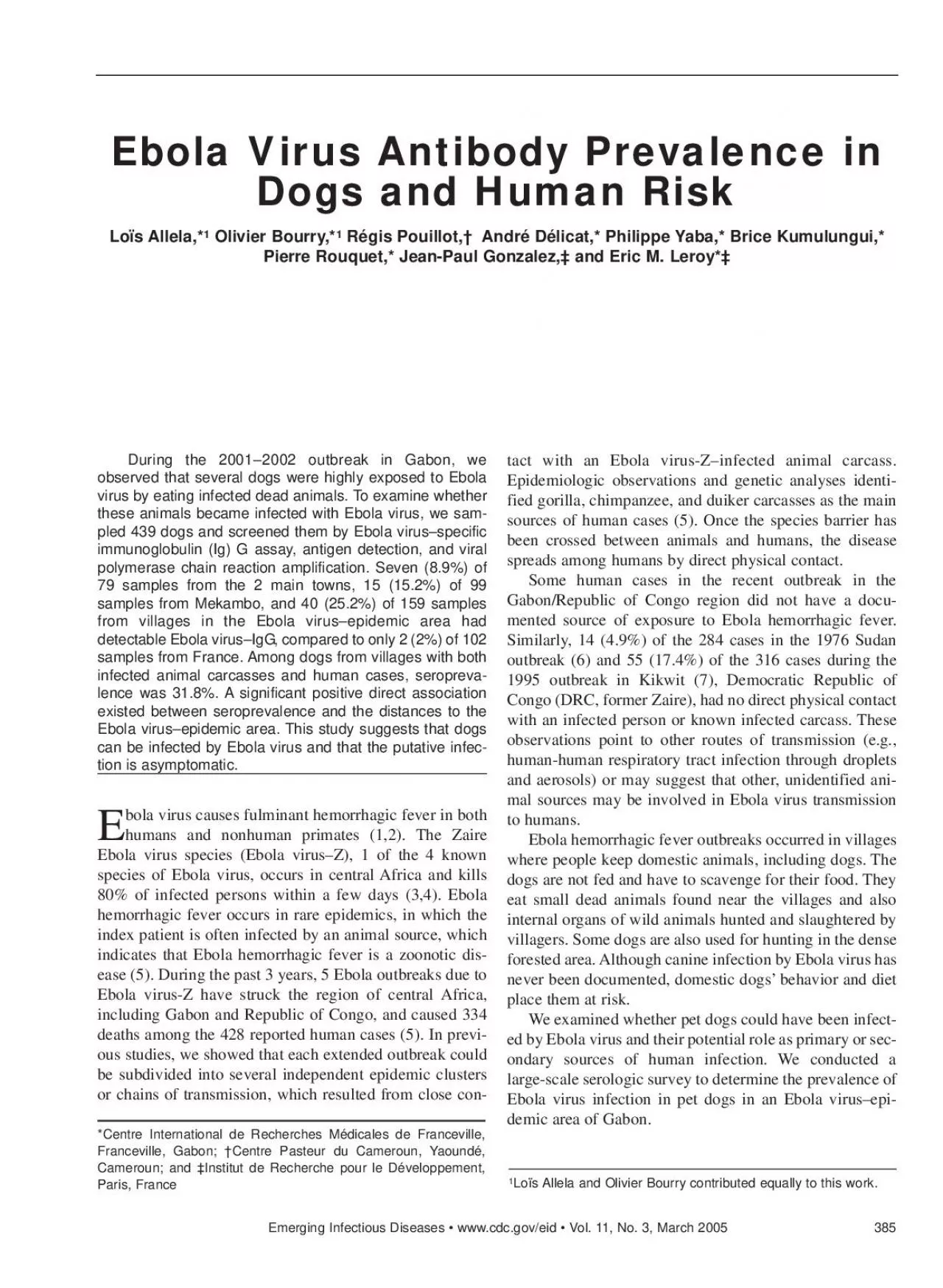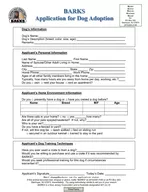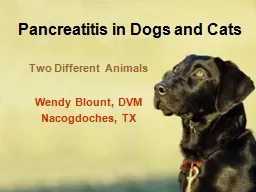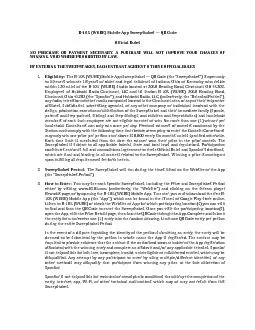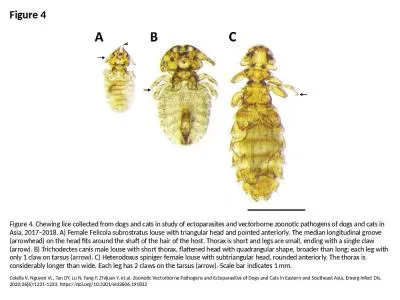PDF-Study PopulationsWe sampled 439 dogs divided into 4 groups Table 1a
Author : elysha | Published Date : 2022-09-07
RESEARCH 386Emerging Infectious Diseases 149 wwwcdcgoveid 149 Vol 11 No 3 March 2005 ing the 20012002 outbreak in Gabon The villages where humancases of Ebola infection
Presentation Embed Code
Download Presentation
Download Presentation The PPT/PDF document "Study PopulationsWe sampled 439 dogs div..." is the property of its rightful owner. Permission is granted to download and print the materials on this website for personal, non-commercial use only, and to display it on your personal computer provided you do not modify the materials and that you retain all copyright notices contained in the materials. By downloading content from our website, you accept the terms of this agreement.
Study PopulationsWe sampled 439 dogs divided into 4 groups Table 1a: Transcript
Download Rules Of Document
"Study PopulationsWe sampled 439 dogs divided into 4 groups Table 1a"The content belongs to its owner. You may download and print it for personal use, without modification, and keep all copyright notices. By downloading, you agree to these terms.
Related Documents

